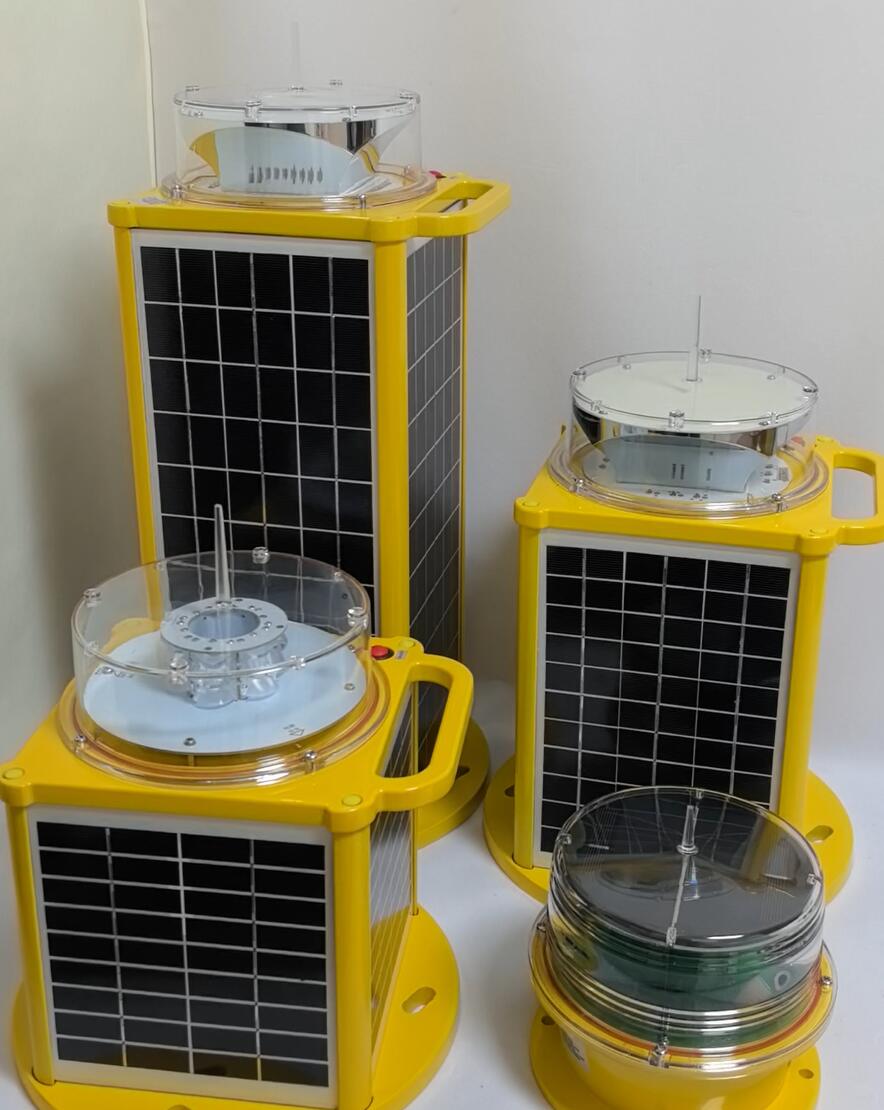Marine Lanterns: Guiding Lights for Modern Maritime Safety
Navigating the Evolution of Marine Lighting
From ancient bonfires to modern LED beacons, marine lanterns have served as critical navigational aids for centuries. Today's advanced systems combine cutting-edge technology with rugged reliability to guide vessels safely through challenging waterways. These luminous sentinels now incorporate smart features that revolutionize maritime safety while maintaining their fundamental purpose - preventing collisions and marking safe passages.
Core Technologies in Contemporary Marine Lanterns
LED Revolution in Maritime Lighting
Energy-efficient solid-state illumination
50,000+ hour operational lifespan
Precise chromaticity meeting IALA standards

Instant response with no warm-up period
Advanced Optical Systems
Fresnel lens alternatives with polymer optics
Directional light control for sector-specific visibility
| marine lantern |
Adaptive intensity based on weather conditions
Glare reduction technologies for operator comfort
Regulatory Framework and Compliance
International Standards
IALA Recommendation E-110 for buoy lanterns
SOLAS Chapter V navigation light requirements
USCG Title 33 CFR compliance specifications
EN 62368-1 safety standards for marine equipment
Performance Parameters
Luminous range from 1 to 20 nautical miles
| marine lanterns |
Flash characteristics (0.5-4.0 second duration)
Color specifications (white, red, green, yellow)
Horizontal/vertical beam angles
Specialized Applications Across Marine Environments
Harbor and Channel Marking
Leading line lights for precise navigation
Sector lights indicating safe passage angles
Port entry sequences for large vessels
Offshore Hazard Identification
Oil platform perimeter lighting
Wind farm obstruction marking
Submerged danger warning systems
Coastal Protection Systems
Breakwater alignment indicators
Bar crossing guidance lights
Tidal current directional markers
Smart Features Transforming Marine Navigation
Remote Monitoring Capabilities
GSM/satellite performance reporting
Fault detection and diagnostic systems
Theft prevention GPS tracking
Environmental Adaptation
Fog-penetrating wavelength selection
Wave motion compensation for floating units
Ice prevention heating elements
Installation and Maintenance Innovations
Structural Integration
Corrosion-resistant marine-grade alloys
Vibration-dampening mounting systems
Submersible designs for underwater applications
Service Optimization
Modular component replacement
Tool-free access for lens cleaning
Predictive maintenance algorithms
Power System Advancements
Sustainable Energy Solutions
Solar-charging with lithium backups
Wave energy harvesting prototypes
Thermoelectric conversion systems
Reliability Enhancements
Dual-power automatic switching
Extended autonomy up to 3 years
Extreme temperature operation (-30°C to 60°C)
Emerging Technologies in Marine Lighting
Connected Navigation Networks
AIS-integrated smart lanterns
VTS-compatible control systems
Dynamic positioning synchronization
Advanced Materials Science
Graphene-enhanced heat dissipation
Self-cleaning nano-coatings
Biofouling-resistant surface treatments
Human Factors in Marine Lantern Design
Mariner Visibility Studies
Color recognition thresholds in various conditions
Pattern differentiation in crowded waterways
Night vision preservation considerations
Maintenance Technician Safety
Explosion-proof designs for hazardous areas
Ergonomic servicing features
Remote diagnostics reducing site visits
The Future of Marine Lighting
As autonomous shipping and smart ports become reality, marine lanterns are evolving into intelligent nodes within larger navigation ecosystems. Future developments may include:
AI-powered adaptive lighting patterns
Blockchain-enabled maintenance records
Augmented reality integration for bridge systems
Biomimetic designs inspired by marine organisms
Conclusion: Beacons of Safety in the Digital Age
Marine lanterns continue to fulfill their ancient role as guardians of safe passage while embracing 21st century innovation. These critical aids to navigation now combine traditional reliability with smart technology, creating systems that are more visible, more durable, and more connected than ever before.
For maritime authorities, port operators, and vessel masters, modern marine lanterns represent both a continuation of centuries-old safety practices and a gateway to future navigation technologies. As shipping becomes increasingly automated and waterways grow more congested, these luminous beacons will remain essential - silently flashing their warnings through storm and fog, guiding mariners safely to their destinations.
